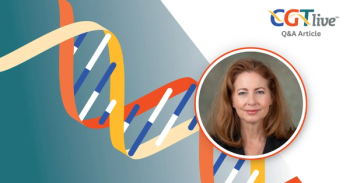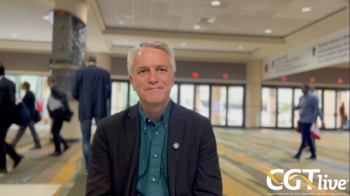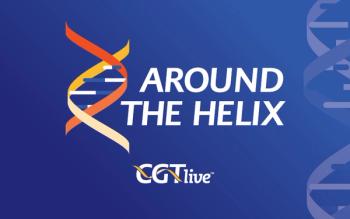
Study Shows Long-Lasting Effects of Ribozyme Gene Therapy
NASHVILLE--Using a "hairpin ribozyme" gene, researchers at the University of California, San Diego, School of Medicine have managed to stop HIV infection in its tracks by dismantling the virus's RNA.
NASHVILLE--Using a "hairpin ribozyme" gene, researchersat the University of California, San Diego, School of Medicinehave managed to stop HIV infection in its tracks by dismantlingthe virus's RNA.
"We've shown that therapeutic genes can be passed on fromparent cells to their offspring cells and that those progeny cellswill be protected against HIV infection," said Anthony Ho,MD, PhD, speaking at the scientific sessions of the American Societyof Hematology (ASH) meeting.
Virus vectors used to insert a therapeutic gene into target cellsproduce protection only for the lifetime of the cells that receivethe gene therapy dose. But when the hairpin ribozyme gene is insertedinto stem cells, via a standard viral delivery system, the progenyof these ribozyme-transduced cells also express the hairpin ribozymegene, Dr. Ho noted.
When these treated cells were exposed in the lab to HIV, theydid not become infected, said Dr. Ho, professor of medicine anddirector of stem cell transplantation, UCSD Medical Center.
The new treatment method, known as intracellular immunization,is based on work by Flossie Wong-Staal, PhD, professor of medicine,University of San Diego. She found that the hairpin ribozyme disablesHIV-1 by cleaving its RNA like a molecular knife.
In the experiment, the researchers extracted CD34+ cells fromhuman fetal cord blood and mobilized these cells by culturingthem with growth factors so that the final blood sample was comprisedof nearly 90% CD34+ cells. The hairpin ribozyme gene was insertedinto this line of cells, which then went on to produce a new generationof macro-phage-like CD34+ cells that expressed the hairpin ribozymegene and successfully resisted HIV infection.
Hope for HIV-Infected Infants
The researchers hope that this gene therapy delivery method mayone day be used to treat babies who are born HIV positive. Inthe proposed therapy, blood from the umbilical cord would be savedfrom babies born to HIV-positive mothers. If the baby is foundto be infected, the target stem cells would be isolated out fromthe baby's cord blood, treated with the ribozyme gene therapy,and injected back into the infant, thus, the researchers hope,preventing the child from developing AIDS.
Newsletter
Stay at the forefront of cutting-edge science with CGT—your direct line to expert insights, breakthrough data, and real-time coverage of the latest advancements in cell and gene therapy.

















































